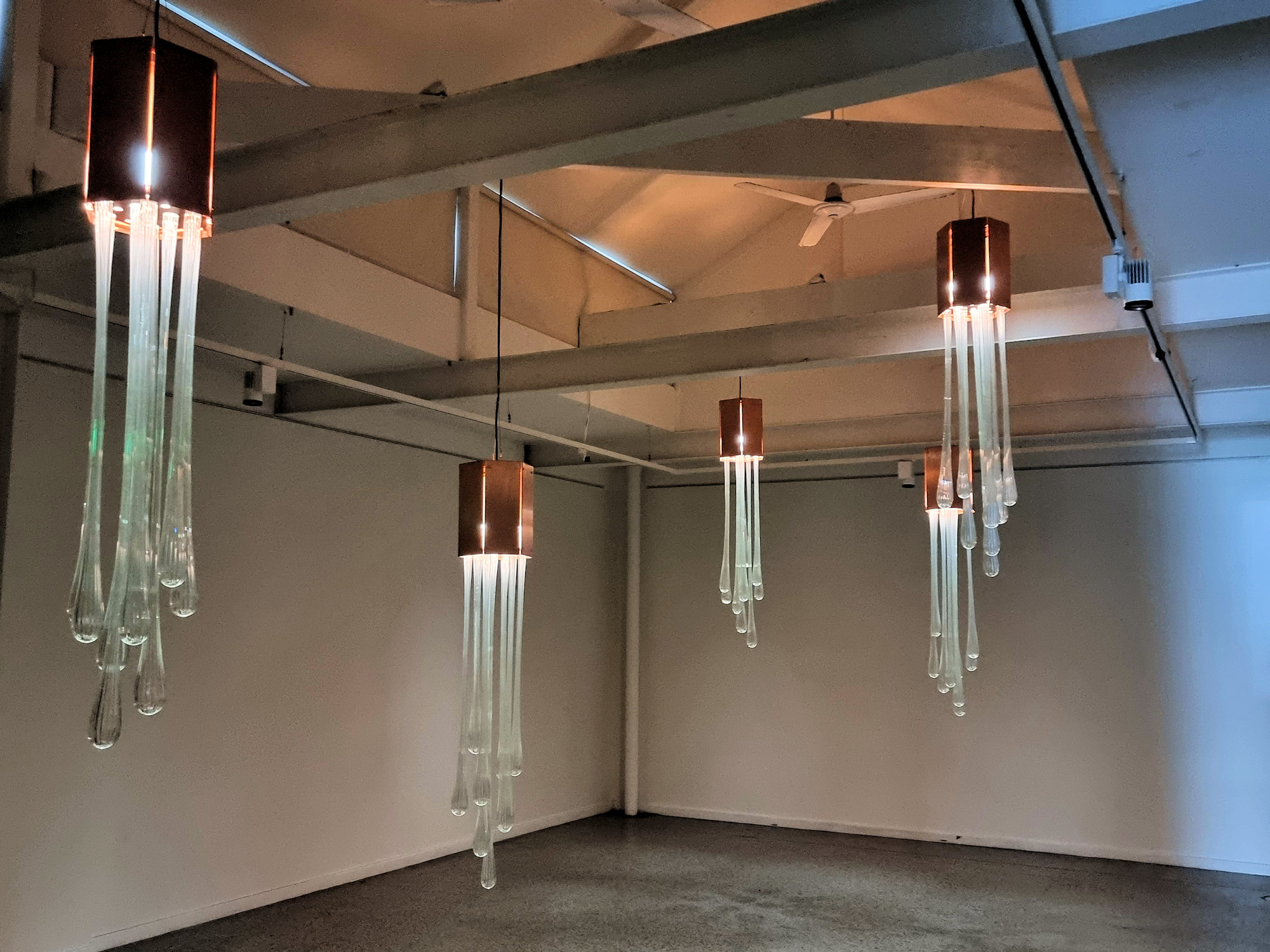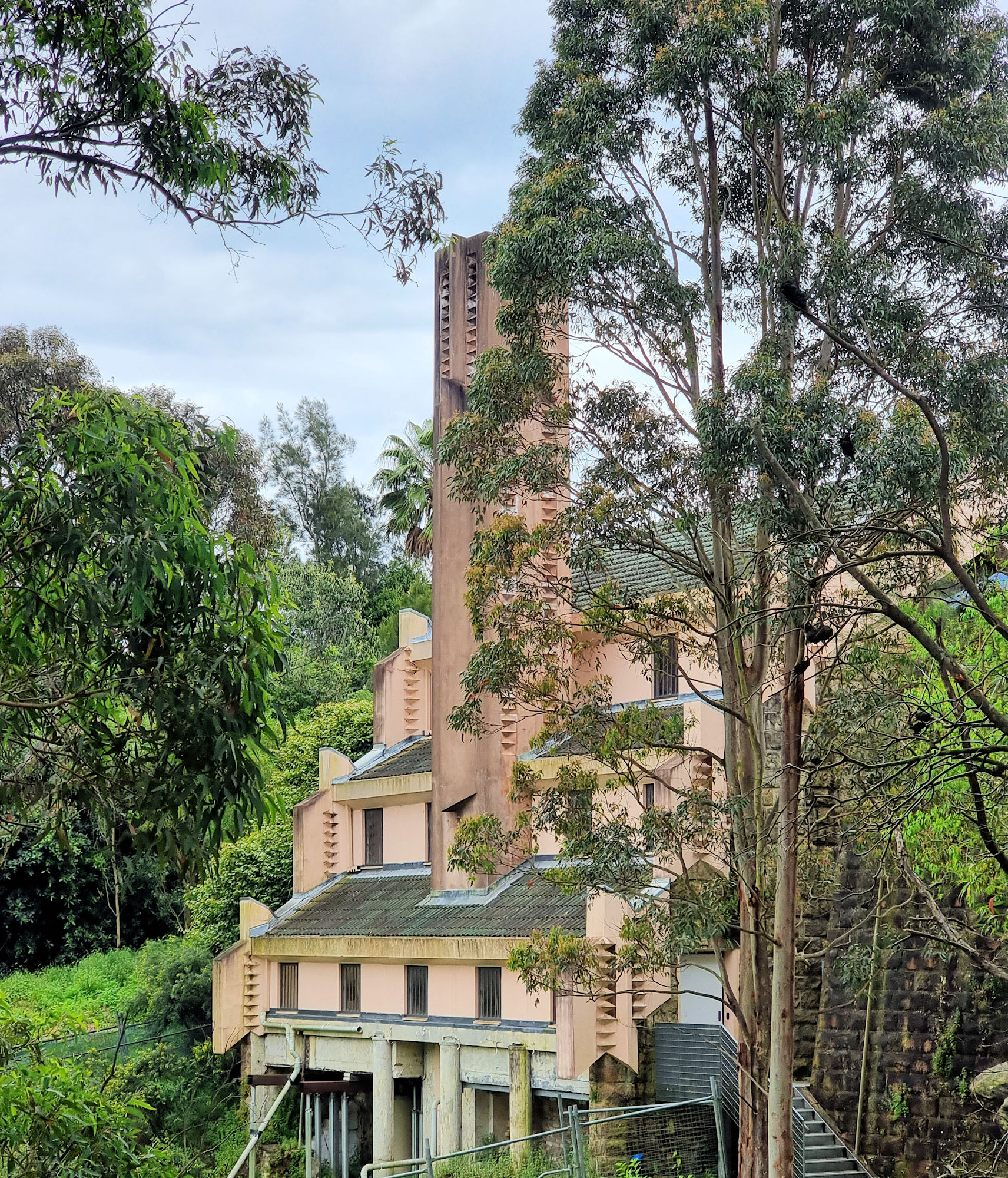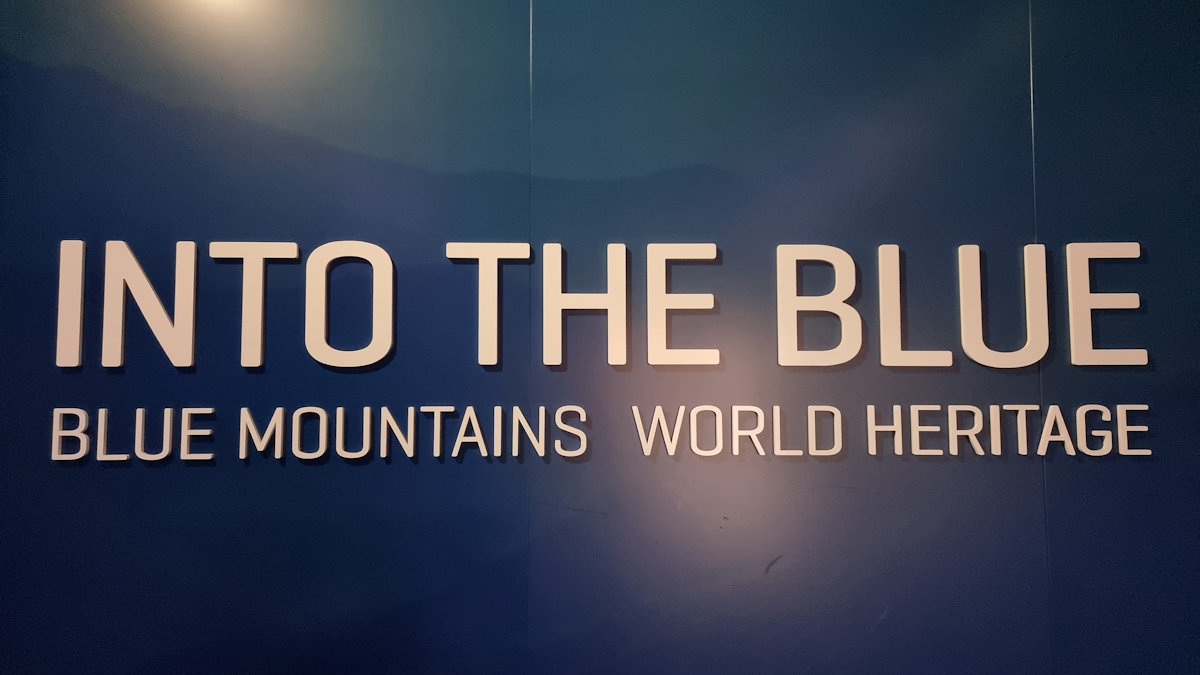Tag: art gallery
-
The Newcastle Lock-Up 2023

The Newcastle Lock-Up 2023 On display at the Newcastle Lock-Up until 5 February 2023, “Everything was beautiful and nothing hurt” by Alex Seton was specifically made for the cells of the Lock-Up. The title of the show refers to Kurt Vonnegut’s anti-war novel “Slaughterhouse-Five” about the fire bombing of Dresden that dislocates linear time. These… Read more
-
Walter Burley Griffin Incinerator

Walter Burley Griffin Incinerator Built in 1934 the Walter Burley Griffin Incinerator was originally the Willoughby Municipal Incinerator. Its purpose was to dispose of Willoughby Council’s municipal waste rather than dumping it at the tip. As the name suggests, Walter Burley Griffin designed the building, the same architect responsible for the winning design of the… Read more
-
Katoomba Cultural Centre

Katoomba Cultural Centre Located in the centre of Katoomba the Blue Mountains Cultural Centre contains the Blue Mountains City Art Gallery and Into the Blue which is an interactive exhibition that explores the history and natural landscape of the Blue Mountains. Also housed in the building, is the Katoomba Library. Into the Blue Into the… Read more